It’s the end of the year and time to look at what’s been popular on my blog. Year-end time triggers all sorts of look backs and retrospectives, so I thought that I would do the same by taking a look at the logs and figuring out what were the most popular articles from the past year.
Links to these articles can be found below, so be sure to check them out. So what are the most popular articles in 2015? Let’s count them down from the bottom up.
10: Receiving Slow Scan Images from the International Space Station
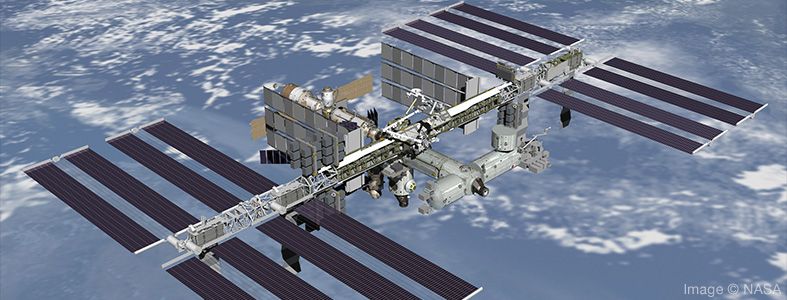 Word has it that there will be slow scan activity from the International Space Station this coming January and February. Now’s the time to get those stations set up to receive those images.
Word has it that there will be slow scan activity from the International Space Station this coming January and February. Now’s the time to get those stations set up to receive those images.
9: Selecting Coax Feed Line Cable
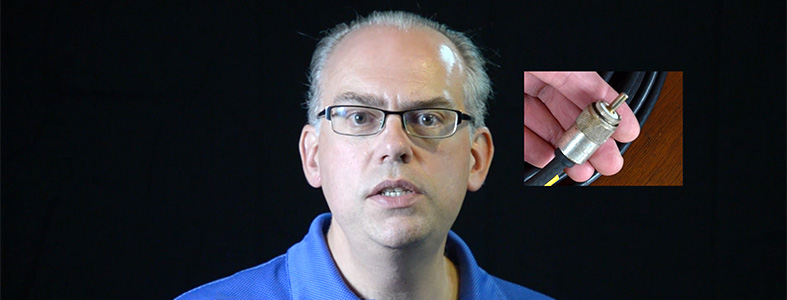
There’s a wide variety of coaxial feed line types on the market, this video and article will help you select the correct one for your needs.
8: Good Bye Radio Shack, we’ll miss you
 Radio Shack introduced me to short wave listening and amateur radio. Although the current stores were a shell of their former glory, it’s still sad to see them go.
Radio Shack introduced me to short wave listening and amateur radio. Although the current stores were a shell of their former glory, it’s still sad to see them go.
7: Baluns and RF Chokes
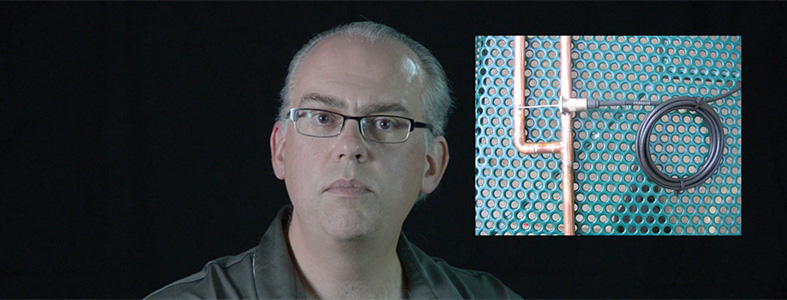 Chokes and baluns, what do they do and what are they good for? This video and article will explain it all.
Chokes and baluns, what do they do and what are they good for? This video and article will explain it all.
6: Is it a good idea to put an antenna in your attic
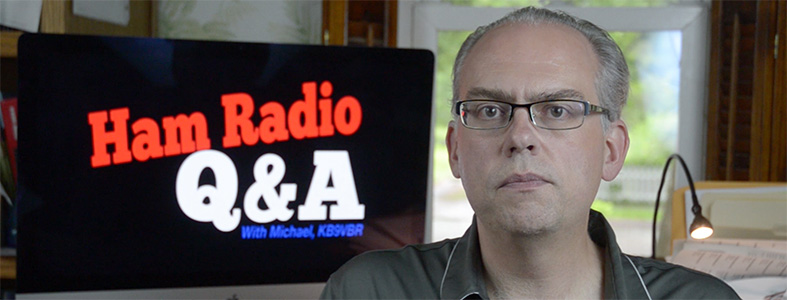 If you live in an area with restrictive covenants and HOA rules, sometimes putting antennas in the attic may be your only solution. This video delves into what’s needed for a safe installation.
If you live in an area with restrictive covenants and HOA rules, sometimes putting antennas in the attic may be your only solution. This video delves into what’s needed for a safe installation.
5: FCC eliminates amateur radio vanity callsign and GMRS license regulatory fees
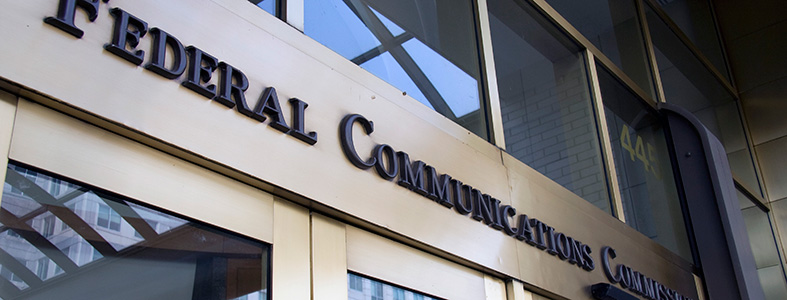 Big news this year was the elimination of the amateur radio vanity license fee and a reduction in the cost of GMRS licenses. Turns out that it cost more for the government to collect the fees than what the fees brought in.
Big news this year was the elimination of the amateur radio vanity license fee and a reduction in the cost of GMRS licenses. Turns out that it cost more for the government to collect the fees than what the fees brought in.
4: Using and external antenna with your handheld radio
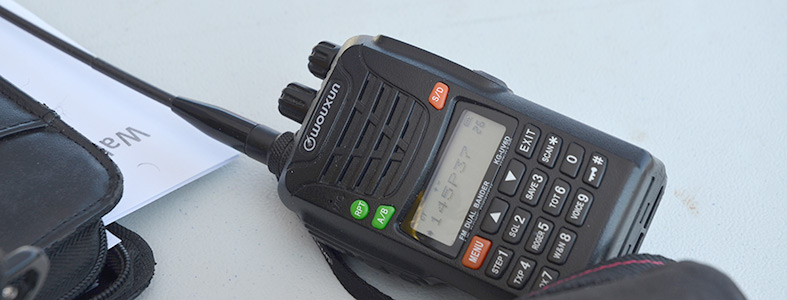 Handheld radios are good for their intended purpose, but sometimes you want more range and coverage. Adding an external antenna to your handheld is one way to increase that range.
Handheld radios are good for their intended purpose, but sometimes you want more range and coverage. Adding an external antenna to your handheld is one way to increase that range.
3: How repeaters work
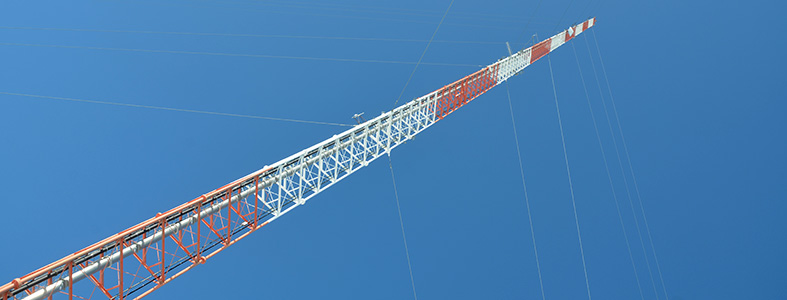 Speaking of handhelds, repeaters are the other way to increase your handheld radio’s range. This article takes away the mystery of how these devices work.
Speaking of handhelds, repeaters are the other way to increase your handheld radio’s range. This article takes away the mystery of how these devices work.
2: How to coil cables using the over under method
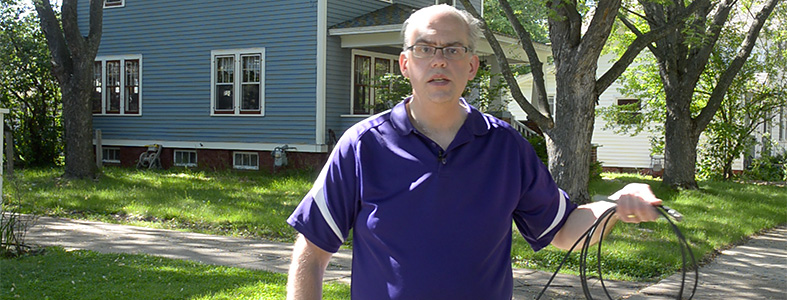 Guess what, you’ve been coiling your cable wrong. This video shows you the correct method for snag free cables and cords.
Guess what, you’ve been coiling your cable wrong. This video shows you the correct method for snag free cables and cords.
1: Using RG-59 or RG-6 cable with an amateur radio antenna
 This was by far, the number one blog article on my site this year. Yep, you can use 75 ohm cable with your amateur radio equipment, and you’ll get good results too.
This was by far, the number one blog article on my site this year. Yep, you can use 75 ohm cable with your amateur radio equipment, and you’ll get good results too.
There you have it, the top ten posts and videos from 2015. It’s been an amazing year and I’d like to thank all my readers and viewers, and especially my customers that have made the KB9VBR antennas site a success. 2015 has seen a tremendous audience growth, both on the website and youtube channel, and I’m looking forward to continue that growth. So be sure to subscribe to this channel and check out my blog to receive more great content that I’ve got lined up for the coming year.
It’s interesting to note that five of the top ten blog posts have a video component. I’ve really stepped up my video production capability, both with increasing the quality of the content and the production equipment. I hope you find the videos interesting and informative, I’ve got more planned for the coming year. And of course I’m always looking for new video ideas, so if you have an amateur radio related question answered, please let me know.
Have a happy and prosperous 2016. Thanks again and 73.
More Best Of articles:
Hi Michael, very impressed with your 2m slim jim antenna, will be ordering one soon. My home is situated very high on a hill and I plan on mounting the antenna on the roof of my 2 story home so it should really work well. Whats your opinion on lighting protection? I’ve gotten many opinions from fellow hams, many don’t bother with lightning protection, I haven’t either with my HF dipole antennas. I have all my antennas on alpha delta switches and I turn them to the center postion(They have those poly phaser tubes) when I’m done using the radio.
Whats your opinion on this?
Incidently, you and I both got started in radio the same way, listening to Sw broadcast’s, me on my Zenith Trans oceanic radio when I was in Jr high,then did some CB radio with amplifiers in high school, Im 61 yrs young. Got my Hasm lic in 2008 and Really really enjoy it. presently I have a Yaesu FT450D and 2 wire antennas, G5RV full size and an end fed 72′ wire for HF for 2m I just bought a simple kenwood TM 281 and pop into local repeaters. Right now Im just using a j-pole antenna stuffed in the attic of my garage andit works really well but I can hardly wait to get your slim jim antenna way up on the top of my roof
So what are your thoughts on the lighting protection?
John W8JCQ
John,
I think the key to lightning protection is the level of risk you wish to take. Some hams will completely ground and protect their station and others will take a more cavalier approach. I think you location can be a big determining factor. If you live in an urban environment, you are less likely to be hit as their are more buildings and items around with a lower ground potential. But if you are in a rural area or on a top of a hill or high spot, you will certainly be a big target for lightning.
At the very least you should disconnect you station or switch your antennas to ground. Next step up would be adding lightning arrestors inline with you coax and the highest level of protection is adding a ground wire from the base of the antenna. I have a blog article with more information:
http://www.jpole-antenna.com/2013/03/29/lightning-protection-for-antennas/
I hope this helps you out, let me know if you have any other questions.
Michael